how to establish redbud
mayalena
14 years ago
Featured Answer
Sort by:Oldest
Comments (27)
barefootinct
14 years agoellen_s
14 years agoRelated Professionals
Tomball Landscape Architects & Landscape Designers · Bridgeport Landscape Contractors · Canby Landscape Contractors · Emmaus Landscape Contractors · Euclid Landscape Contractors · Firestone Landscape Contractors · Lyndhurst Landscape Contractors · Mount Kisco Landscape Contractors · New Cassel Landscape Contractors · Shirley Landscape Contractors · Elkridge Decks, Patios & Outdoor Enclosures · Commerce City Decks, Patios & Outdoor Enclosures · Garden City Decks, Patios & Outdoor Enclosures · Glen Ellyn Decks, Patios & Outdoor Enclosures · Wheaton Decks, Patios & Outdoor Enclosuresasarum
14 years agoginny12
14 years agoNHBabs z4b-5a NH
14 years agotree_oracle
14 years agoellen_s
14 years agotree_oracle
14 years agodiggingthedirt
14 years agoginny12
14 years agotree_oracle
14 years agodiggingthedirt
14 years agomayalena
14 years agoellen_s
14 years agotree_oracle
14 years agoMarie Tulin
14 years agotree_oracle
14 years agoterryandamy
14 years agoellen_s
14 years agodiggingthedirt
14 years agotree_oracle
14 years agoNHBabs z4b-5a NH
14 years agoginai54
13 years agoprairiemoon2 z6b MA
13 years agosue36
13 years agodiggingthedirt
13 years ago
Related Stories
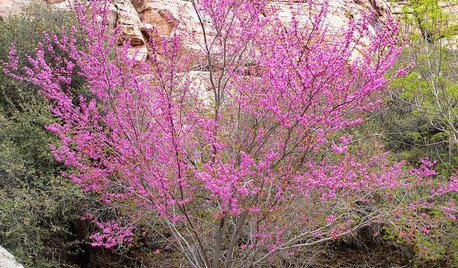
TREESGreat Design Plant: Cercis Occidentalis for Four Seasons
Plant western redbud in drought-tolerant and habitat gardens for its outstanding beauty throughout the year
Full Story
GARDENING GUIDES10 Top Native Plants for Northern California Gardens
Enjoy a fuss-free, water-wise garden by growing plants naturally in tune with the climate and wildlife of Northern California
Full Story
SPRING GARDENING7 Spectacular and Practical Spring-Flowering Trees
Put on a beauteous show in the garden with a landscape tree awash in flowers — just do your homework first
Full Story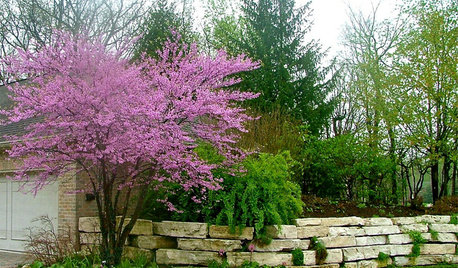
GARDENING GUIDES10 Top Mid-Atlantic Native Plants
Enjoy a four-season garden in the mid-Atlantic region with plants that will stand up to weather shifts, clay soil and the occasional deer
Full Story
GARDENING GUIDES10 Top Native Plants for the U.S. Southeast
For a low-maintenance and wildlife-friendly landscape, use Southern natives that withstand heat and humidity
Full Story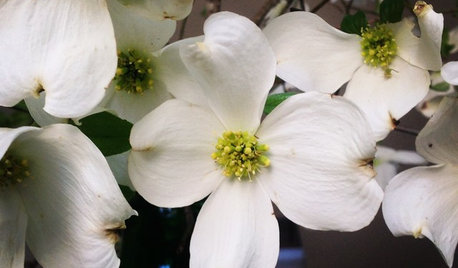
GARDENING GUIDESGreat Design Plant: Cornus Florida Benefits Wildlife
Flowering dogwood provides fiery red foliage in fall and beautiful springtime blooms
Full Story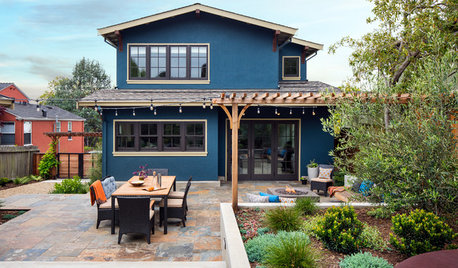
LANDSCAPE DESIGNHow to Make Your Painted or Stained House Feel at Home in the Landscape
Use color and texture to create a pleasing connection between your house and garden
Full Story
GARDENING GUIDESBackyard Birds: How to Care for American Goldfinches
The American goldfinch is a bright-in-the-summer visitor and one of the only vegetarian songbirds. Here's how to give them a healthy habitat
Full Story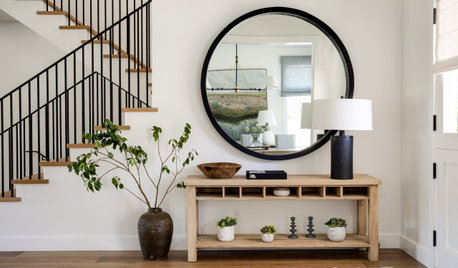
MONTHLY HOME CHECKLISTSTo-Dos: Your March Home Checklist
Get ready for sunnier days, whether you have an hour or a weekend to spare
Full Story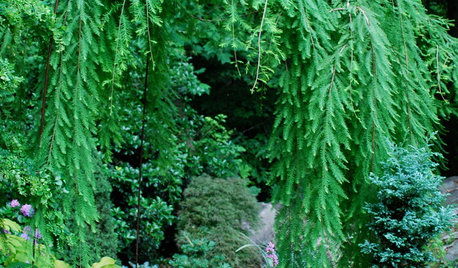
LANDSCAPE DESIGNThe Weepers and the Creepers: 10 Intriguing Trees for Your Garden
Bring something a little different to your landscape with a tree that dives, twists or crawls
Full StoryMore Discussions







mayalenaOriginal Author